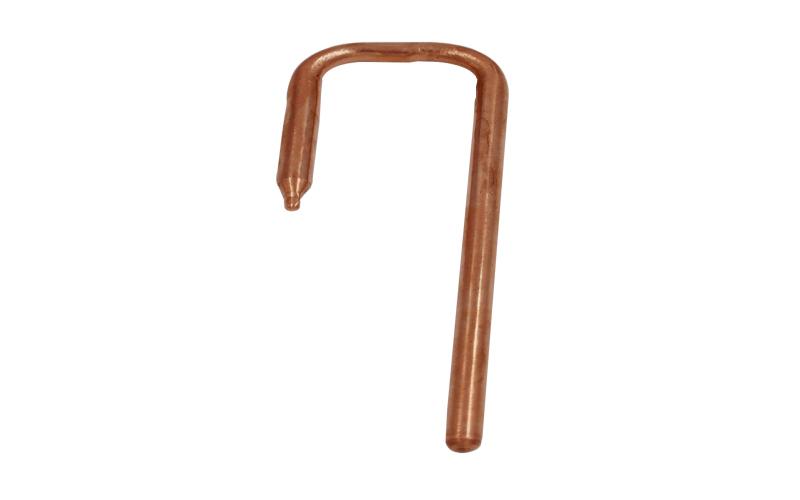Introduction: Understanding High-Temperature Heat Pipes
High-temperature heat pipes are advanced heat transfer devices that play a crucial role in numerous industries, including aerospace, power generation, and electronics. These devices efficiently transfer heat at high temperatures, ensuring optimal performance and reliability. In this article, we will explore the manufacture and testing process of high-temperature heat pipes, shedding light on the key aspects involved.
Design and Materials Selection
The design of a high-temperature heat pipe is critical to its effectiveness, requiring careful consideration of various factors. The first step is selecting suitable materials that can withstand extreme temperatures. Typically, materials such as stainless steel, copper, or nickel alloys are chosen for their high thermal conductivity and resistance to oxidation. The selection of these materials ensures the heat pipe can operate at temperatures exceeding 1000°C.
Manufacturing Process of High-Temperature Heat Pipes
The manufacturing process for high-temperature heat pipes involves several key steps. Firstly, the selected materials are formed into the desired shape, often cylindrical or planar. Next, the inner surfaces of the heat pipe are coated with a wick material, such as sintered metal or grooved structures, which helps facilitate the capillary action responsible for the heat transfer process. The wick structure provides a large internal surface area for enhanced heat transfer efficiency.
Joining Techniques
Joining the various components of a high-temperature heat pipe requires specialized techniques that can withstand the extreme conditions they will be exposed to during operation. Common joining methods include brazing, welding, or soldering, depending on the materials used. These techniques ensure the heat pipe remains structurally sound and can effectively transfer heat without any leaks or failures.
Working Fluids of High-Temperature Heat Pipes
Choosing the appropriate working fluid is crucial for the efficient operation of a high-temperature heat pipe. The working fluid should have a high vaporization temperature and low liquid and vapor pressure at the operating temperature range. Common choices include sodium, potassium, or cesium, as they exhibit excellent heat transfer properties at elevated temperatures. The selection of the working fluid depends on the specific requirements of the application.
Testing and Quality Control
Thorough testing and quality control measures are essential to ensure the reliability and performance of high-temperature heat pipes. Various tests, such as thermal performance testing, leak testing, and pressure testing, are conducted to verify the functionality and integrity of the heat pipe. These tests help identify any potential issues or defects that may affect its performance in real-world applications.
Performance Evaluation
Performance evaluation is a crucial step in assessing the effectiveness of a high-temperature heat pipe. Parameters such as thermal resistance, heat transfer coefficient, and overall efficiency are measured to gauge the heat pipe's performance under different operating conditions. This evaluation allows manufacturers and engineers to optimize the design and identify areas for improvement.
Applications of High-Temperature Heat Pipes
High-temperature heat pipes have a wide range of applications across various industries. In the aerospace sector, they are used for thermal management in spacecraft, ensuring efficient cooling of critical components. Power generation plants utilize high-temperature heat pipes for enhanced heat transfer in boilers and heat exchangers. Additionally, these heat pipes find applications in electronics cooling, nuclear reactors, and advanced energy systems.
Challenges and Future Developments
The development of high-temperature heat pipes is an ongoing process, with researchers and manufacturers constantly striving to overcome challenges and improve their performance. Some challenges include the development of more efficient wick structures, the selection of alternative working fluids, and the optimization of manufacturing techniques. As advancements continue, high-temperature heat pipes are expected to play an even more significant role in advanced technologies and industries.
Conclusion
Manufacturing and testing high-temperature heat pipes require careful consideration of design, materials, joining techniques, and working fluids. Thorough testing and performance evaluation are essential to ensure their reliability and effectiveness. With their wide range of applications and ongoing advancements, high-temperature heat pipes are poised to continue revolutionizing heat transfer in various industries.

